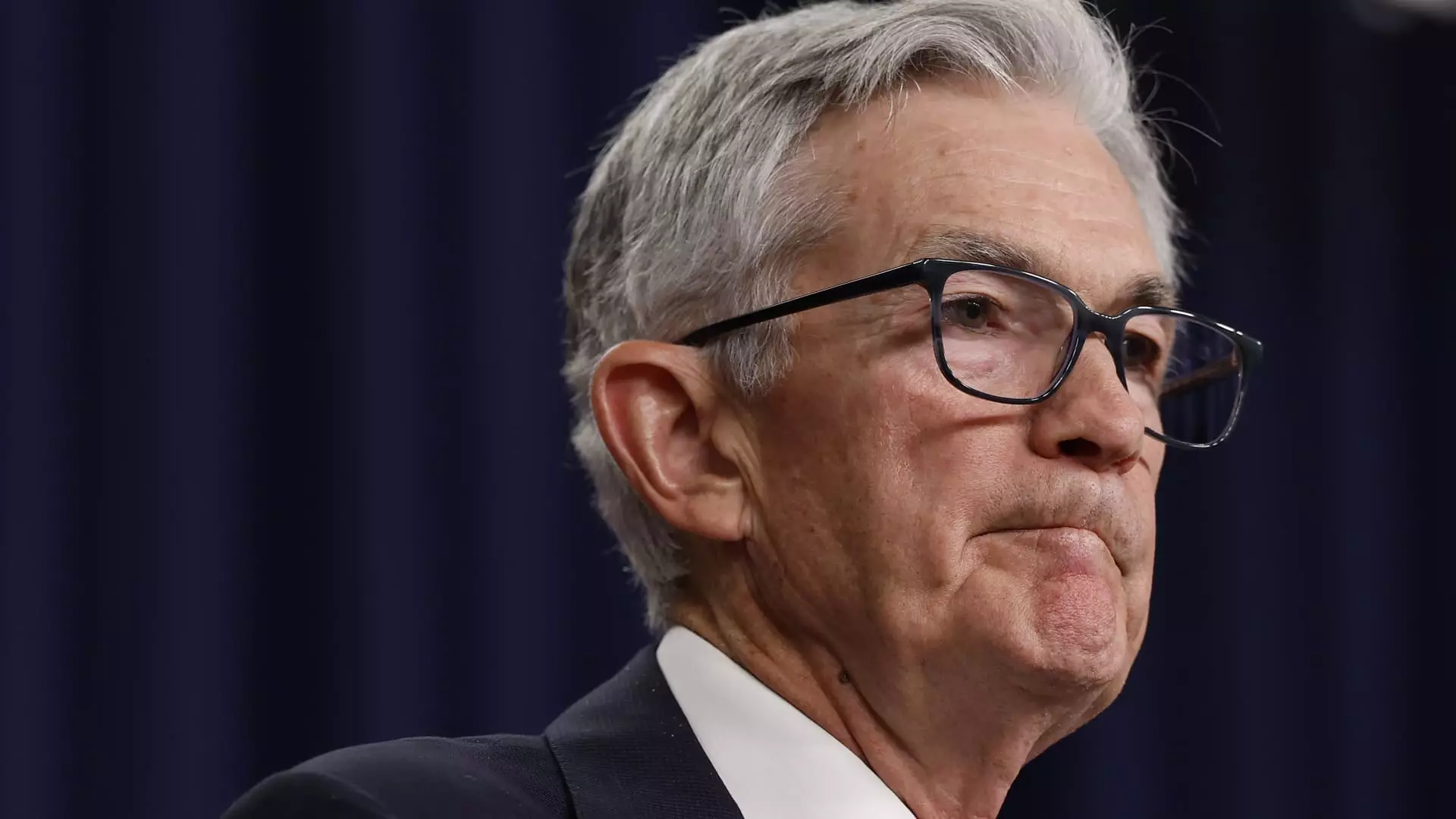The Federal Reserve’s decision to lower interest rates by half a percentage point during its September meeting has generated significant commentary and analysis. Understanding the dynamics at play in this pivotal moment involves examining the complexities of the economic indicators, market reactions, and the divergent views among policymakers.
The Federal Reserve, tasked with overseeing monetary policy in the United States, convened its meeting in September amid contrasting signals from the economy. While inflationary pressures remained a concern, there was also noticeable strength in the labor market. After deliberating, the FOMC (Federal Open Market Committee) voted for a hefty 50 basis point cut, marking the first such substantial adjustment in over four years. This move raises questions about the balance that officials sought between supporting economic growth and combating inflation.
Within this context, the division among the committee members becomes evident. A notable dissent came from Governor Michelle Bowman, who advocated for a more cautious approach, preferring a reduction of just 25 basis points. Her position underscored a broader unease among a portion of the committee regarding the sustainability of the inflation decrease and the economic outlook.
The discussions indicated a rift among officials regarding their interpretations of economic data. Some Fed participants expressed reservations about the appropriateness of a drastic rate cut without ample confirmation that inflation is on a consistent downward trajectory. They posited that maintaining a gradual approach through smaller incremental adjustments would allow for more informed decision-making as new data emerged.
These differing viewpoints highlight the inherent complexities in monetary policy-making. Federal Reserve officials are not operating in a vacuum; they are responding to a fluid economic landscape characterized by shifting labor market dynamics, inflation rates, and global economic influences. The minutes from the September meeting reflect these competing philosophies, revealing an environment marked by cautious optimism and vigilant monitoring of evolving economic indicators.
Following the announcement, market reactions were muted, indicating a level of confidence among investors. Major stock indices continued their upward momentum, suggesting that market participants viewed the rate cut as a positive signal for economic health. Interestingly, this was happening against the backdrop of robust labor market statistics, including a stronger-than-expected increase in nonfarm payrolls and a declining unemployment rate.
As economic data revealed a healthier job market, expectations also began to shift; the prospect of future rate cuts, while still a possibility, appeared to lean toward more measured adjustments rather than aggressive moves akin to the September decision. Fed Chairman Jerome Powell later confirmed that while the Fed is likely on a path of easing, future cuts will likely be more restrained.
A key theme in Powell’s post-meeting remarks and the subsequent minutes was the notion of “recalibration.” Participants underscored that the significant cut should not be misconstrued as a pessimistic outlook but rather as a necessary adjustment in light of recent inflation and labor market indicators. This framing reflects an intention to reassure stakeholders that the Fed’s actions are deliberate and aligned with an evolving economic landscape.
Such recalibration was noted to serve the dual purpose of maintaining economic viability while addressing inflation—two objectives that, on the surface, may seem at odds. Powell’s focus on clear communication hints at the Fed’s proactive approach to managing expectations amid uncertain economic conditions.
As the Federal Reserve continues to navigate the complexities of monetary policy, the recent rate cut sets the stage for future policymaking that is increasingly data-driven and cautious. The internal debates among FOMC members will likely persist, reflecting a diverse array of perspectives on economic conditions and the appropriate trajectory for interest rates.
The balancing act between fostering economic growth and controlling inflation is fraught with challenges, and the Fed must remain agile in its responses. As they recalibrate their approach, ongoing communication and analysis will be crucial in steering the U.S. economy toward a more stable and sustainable future. In the face of emerging economic data points, the careful consideration of both inflation dynamics and labor market health will remain central to the Fed’s mission in the coming months.

